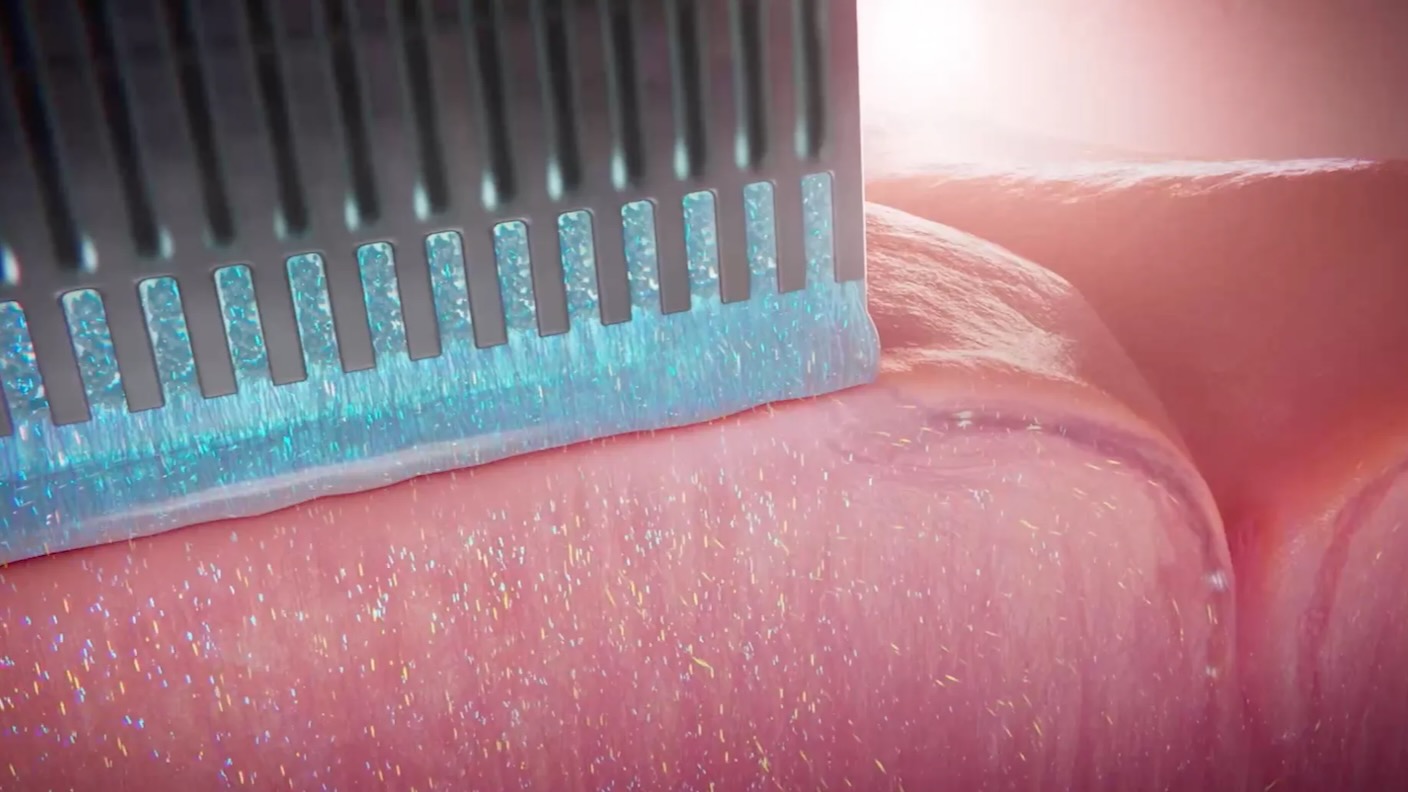Neuralink Rival’s Biohybrid Implant Connects to the Brain With Living Neurons
By
December 19, 2024
Recent years have seen significant advances in brain implant technology; however, these devices continue to face challenges related to invasiveness and reliability. A groundbreaking type of implant that utilizes living neurons to establish connections with the brain may pave the way for future innovations.
While organizations such as Neuralink have demonstrated the potential of linking brains to computers, their technology suffers from critical limitations that hinder its broader application. Conventional methods like electroencephalograms (EEGs) offer only coarse insights into neural activity, which restricts their operational capabilities. In contrast, the insertion of electrodes directly into the brain can yield clearer data, yet such risky surgical procedures are often only justified for the most severe medical conditions.
Science Corporation, a California-based startup, presents a promising alternative with an implant that employs living neurons to forge connections to the brain, thereby striving to achieve a balance between safety and precision. According to a recent paper published on bioarXiv, the company demonstrated that its prototype could effectively connect with the brains of mice and even enable them to perceive basic light signals.
“The principal advantages of a biohybrid implant are that it can dramatically change the scaling laws of how many neurons you can interface with versus how much damage you do to the brain,” Alan Mardinly, the director of biology at Science Corporation, stated.
Max Hodak, the company’s CEO and a former Neuralink president, elaborated on the concept, explaining that destruction of some brain tissue is an inevitability when placing any device into the brain. He queried, “Destroying 10,000 cells to record from 1,000 might be perfectly justified if you have a serious injury and those thousand neurons create a lot of value—but it really hurts as a scaling characteristic.”
The science behind this ambitious project hinges on a specially constructed honeycomb-like structure made from silicon, which contains over 100,000 “microwells” that are cylindrical cavities measuring approximately 15 micrometers in depth. Individual neurons are inserted into these microwells, and the entire array is then surgically implanted onto the brain’s surface.
This innovative design facilitates the integration of the implanted living neurons with the host’s existing brain cells, as the axons and dendrites of the neurons are free to connect with surrounding cells. Initial experiments involved implanting the device within mice and employing genetically modified neurons that react to light. After three weeks of implantation, the researchers conducted trials whereby the mice were trained to respond to light stimuli directed at the device. The results indicated that the light-sensitive neurons had successfully merged with the native cells of the mice’s brains.
The biohybrid implant boasts significant advantages, including a high density of neurons that can be accommodated within a millimeter-scale chip. Each neuron possesses the potential to form multiple connections, suggesting that the bandwidth of a biohybrid device could vastly exceed that of traditional neural implants. Additionally, this approach appears to inflict considerably less damage to the patient’s brain.
Concerns About Device Longevity
However, there are concerns regarding the longevity of these types of devices. After 21 days, only 50 percent of the implanted neurons remained viable. Additionally, the company is tasked with ensuring that the implanted neurons do not provoke a negative immune response in the host.
In conclusion, if the biohybrid approach is successful, it could represent a sophisticated and potentially safer method for integrating man and machine.
Image Credit:
About the Author
Edd is a freelance science and technology writer based in Bangalore, India. His main areas of interest include engineering, computing, and biology, especially focusing on the intersections of these domains.
Related Articles
- December 18, 2024
- December 13, 2024
- December 12, 2024
Stay Updated
To stay informed about the latest trends in science and technology, consider subscribing to Singularity Hub to receive updates directly to your inbox.
© Singularity. All rights reserved.














Discussion